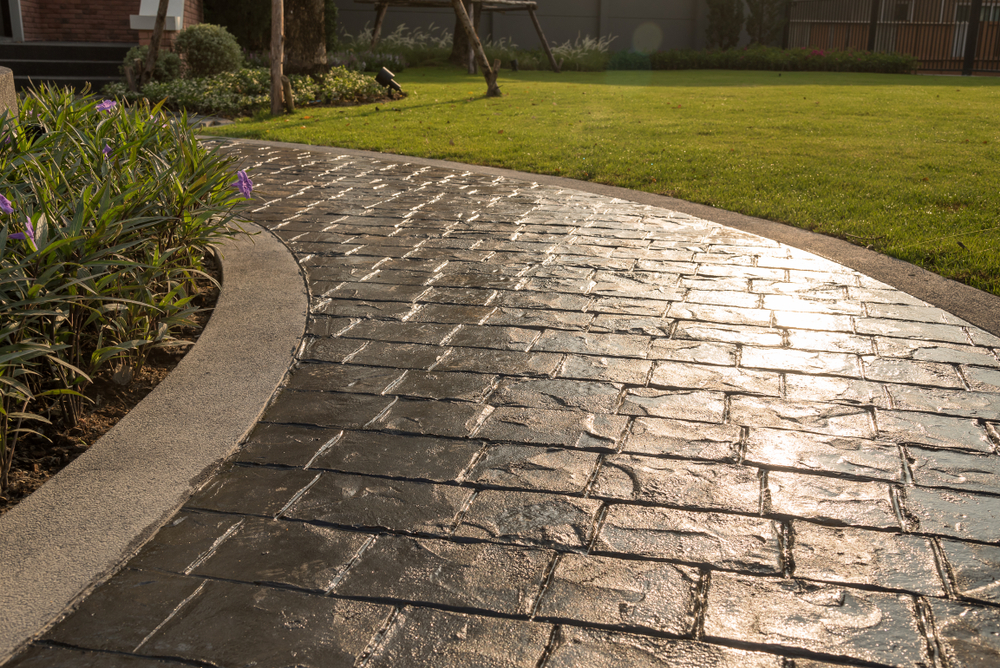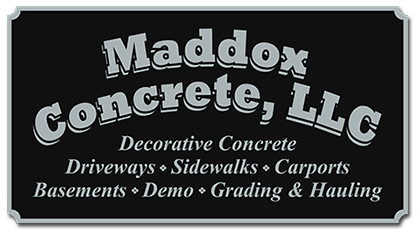
Concrete stamping is a popular decorative technique that enhances the aesthetic appeal of concrete surfaces. This method allows homeowners, business owners, and landscape designers to create visually appealing patterns that mimic brick, stone, tile, and even wood. The process is both practical and cost-effective, providing the beauty of natural materials at a fraction of the price. As the demand for durable yet stylish outdoor and indoor flooring options grows, concrete stamping practices have gained traction in both residential and commercial construction projects.
Concrete stamping is not only about appearance but also about functionality. It provides slip resistance, weather durability, and the ability to withstand heavy traffic. Unlike traditional concrete surfaces, stamped concrete does not require extensive refinishing over time, making it an excellent long-term investment. Whether used for patios, driveways, pool decks, or walkways, the process offers a seamless blend of style and durability, making it an ideal choice for many property owners.
Understanding the Concrete Stamping Process
The concrete stamping process and procedure involve several key steps that ensure the final result is both visually appealing and structurally sound. The process begins with preparing the surface, which involves grading and compacting the base to ensure stability. Once the surface is prepped, the concrete is poured and leveled to create a uniform foundation. The choice of concrete mix is crucial, as it determines the strength and longevity of the final product.
Before stamping, a color hardener is applied to enhance the concrete’s durability and add the desired color. A release agent is then spread over the surface to prevent the stamping mats from sticking while also adding an antique finish. The stamping process requires carefully pressing patterned mats onto the wet concrete, ensuring the design is imprinted correctly. Timing is essential, as the concrete must be at the perfect stage of setting for the impressions to hold without sinking too deeply or failing to form distinct patterns.
Once the stamped patterns are in place, the concrete is left to cure. Curing typically takes several days, during which the surface must be protected from extreme weather conditions to avoid cracks or imperfections. After the curing process, the surface is cleaned, and a sealer is applied to enhance color, protect against stains, and extend the longevity of the stamped design. Properly executed, the concrete stamping process and procedure result in a stunning and durable surface that enhances the overall appearance of any space.
Best Practices for Effective Concrete Stamping
To achieve the best results, following proper concrete stamping practices is essential. One of the first considerations is choosing the right type of stamp pattern and color combination to complement the surroundings. Whether aiming for a classic cobblestone look or a modern slate finish, the selection process plays a significant role in the final outcome.
A crucial aspect of successful stamping is working within optimal weather conditions. Extremely hot or cold temperatures can negatively impact the setting process, leading to cracks or uneven finishes. Proper timing and experience are required to manage factors such as wind, humidity, and temperature, ensuring a smooth application.
Another important practice is using high-quality materials. Investing in durable concrete mixes, reliable coloring agents, and high-grade sealers ensures the longevity of the stamped surface. Skilled labor is also necessary, as improper stamping techniques can lead to design inconsistencies and structural weaknesses. Hiring experienced professionals or thoroughly understanding the process before attempting a DIY project can make a significant difference in the final result.
Additionally, maintaining a consistent application process is key. Stamping should be done methodically, with overlapping impressions to prevent visible seams. Attention to detail in aligning the mats and applying adequate pressure ensures a natural-looking finish. Skipping steps or rushing the process can lead to imperfections that may be costly to fix later.
Maintaining Stamped Concrete for Longevity
While stamped concrete is known for its durability, proper concrete stamping maintenance is necessary to preserve its beauty and strength over time. One of the primary maintenance practices is sealing the surface regularly. Sealants protect against moisture, stains, and wear, extending the life of the concrete. Depending on foot traffic and exposure to harsh weather, resealing may be required every two to three years.
Regular cleaning is another important maintenance practice. Sweeping away debris and washing the surface with mild soap and water prevents dirt buildup and keeps the design vibrant. Avoiding harsh chemicals and deicing salts helps prevent surface damage, particularly in regions with freezing temperatures.
Addressing cracks and minor damages promptly is also crucial. Although stamped concrete is resistant to major cracks, minor hairline fractures may appear over time due to natural expansion and contraction. Filling in small cracks with a compatible patching compound and resealing the area prevents further deterioration.
Protecting stamped concrete from heavy impacts and sharp objects can also help maintain its integrity. While the surface is strong, excessive force from dropping heavy items can cause chips or cracks. Using furniture pads and being mindful of sharp-edged objects can prevent unnecessary damage.
Why Choose Concrete Stamping?
Concrete stamping offers a versatile and aesthetically pleasing solution for various flooring and outdoor surface needs. By following proper concrete stamping practices, using high-quality materials, and applying experienced techniques, property owners can achieve stunning and durable results. The concrete stamping process and procedure ensure a seamless blend of design and functionality, making it a cost-effective alternative to traditional paving materials.
With regular concrete stamping maintenance, homeowners and businesses can enjoy their stamped surfaces for many years without significant wear and tear. Whether for residential patios, commercial walkways, or poolside areas, stamped concrete provides a long-lasting and visually appealing solution that enhances any space. Investing in stamped concrete is a smart choice for those looking to combine elegance with durability, creating an environment that is both inviting and resilient.
Need Concrete Contractors in Sanford, NC?
We are the area’s best concrete company. We specialize in concrete finishing of all types of concrete for residential and commercial customers. Our services include pavement, driveways, footings, sidewalks, decorative concrete, hauling, demolition, and property grading. We’re fully insured. Contact us today for quality workmanship and service.

